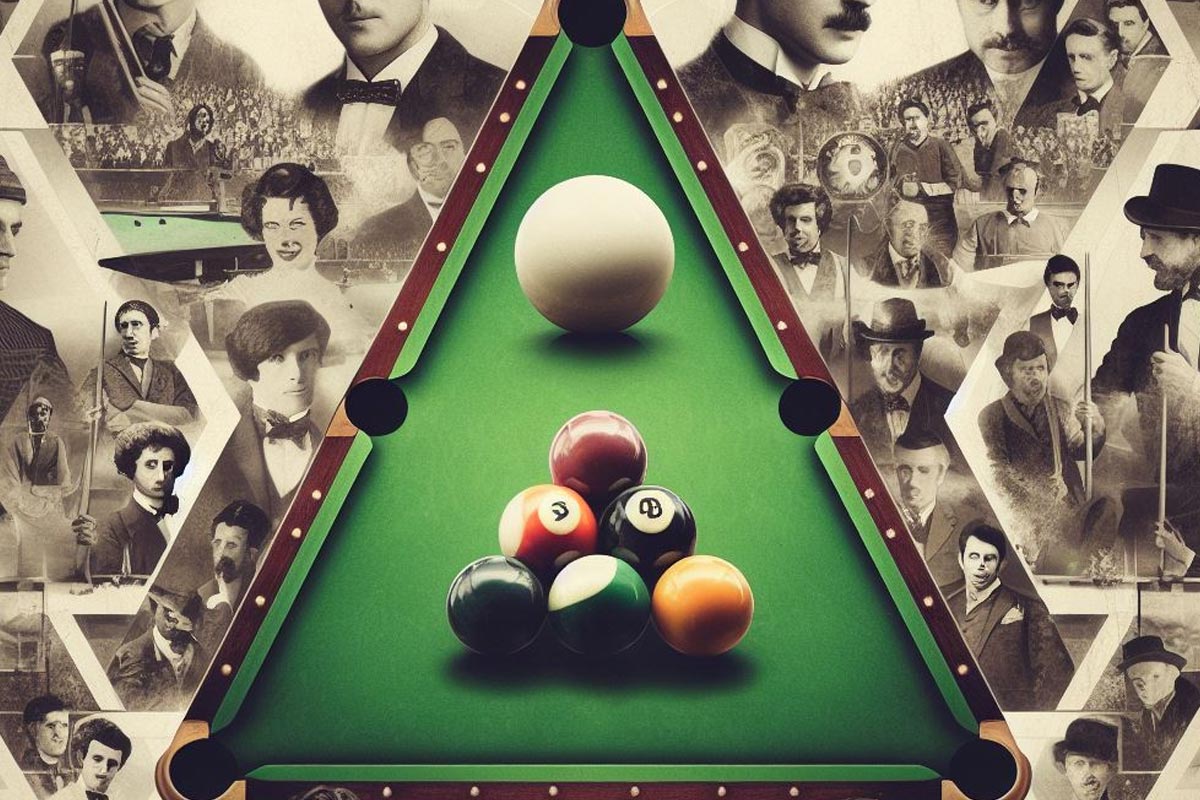The earliest traceable account of the game starts back during the Renaissance Period (1100 AD), when the Knights Templar brought back billiards to Western Europe during the first crusade. As to where or when the game was invented, no information is available. As for the development and evolution of the game; however, much of the credit goes to France. The crusades have made the Templars rich and powerful.
The Church and the French government became threatened by their growing influence and so they abolished the order and stripped the members of their properties. During this time, the church and the government united for the cause of the crusades. In effect, citizens were forced to live zealous Christian lives, and were banned from all activities of fun and recreation. This didn’t stop people from trying to have fun though, and these games continued to grow silently. The commoners just played within walls, and eventually they did indoors. In the late 1400s, the king finally approved of the game and so did the church, and so billiards was reborn.
During this age, hostile attacks on cities were so common that people live in forts for safety. Because of this, recreational games became miniaturized more and more, and eventually ended being played indoors on tables.
Cue sticks were not yet in use in the early days. People used sticks called maces, and they were used like shuffleboard sticks. It was in the 1700s when a new way to play was found. This emerged from the difficulty of pushing the ball using the mace when it’s adjacent to the rails. Before the 1600s, people used the narrow end of the mace to strike the ball. (It’s ironic, these days when the cue ball is too far these days, some people use the bigger end of the cue stick instead.) Because of this, they discovered a new way to propel the ball more accurately, and so cue sticks came to be. Along with it, came developments on cue tips, chalks, and cloth.
The balls themselves also went through evolution. The earliest balls were made of wood. They were easily made and are always available. Ivory balls replaced them in the 1800s. These were much more playable and nicer to look at; the problem is they tend to lose their shape. In 1869, the discovery of celluloid gave rise to the first plastic balls. In 1900s, bakelite was produced successfully from the same process, and remains the material in use today.
As late as 1820, billiard table beds were still made of wood. Tables made of marble have also been made but they cost too much. Thanks to the discovery of Englishman John Thurson, billiard table beds now have sturdier design and are made of slate. This material offers the same smooth finish as marble, but it costs less and is in limitless supply. The discovery of vulcanized rubber in 1837 by Charles Goodyear has led to the invention of rubber cushions. Because of this development, players are now able to perform bank shots (shots, where the ball is meant to rebound from the rail is part of the shot). In the late 1700s, England developed the spinning mule, a spinning machining used to spin wool into yarn. Wool is the preferred cloth for billiard tables because of its endurance.
